Why Interactive Challenges Improve Math Skills More Than Memorization

In math education, one of the most common approaches is still rote memorization — drilling formulas, memorizing times tables, and repeating similar problems until they stick. While this method may produce short-term results, it often fails to build the deep understanding students need to solve real-world problems. More importantly, it rarely holds a student’s attention.
In contrast, interactive challenges have emerged as a powerful alternative. They engage learners more deeply, develop critical thinking skills, and provide an enjoyable learning experience that supports long-term retention. Whether in the classroom, through apps, or even in play-based environments like Highroller, the principles of interactivity and challenge-based learning are transforming how we approach math education.
The Limitations of Memorization in Math Learning
Memorization has its place — especially when learning basic math facts like multiplication tables or number properties. But beyond foundational knowledge, excessive reliance on memorization can be limiting. Here’s why:
- It encourages passive learning. Students are often reciting answers without fully understanding the underlying concepts.
- It doesn’t teach adaptability. When math problems are presented in a new format, students who rely solely on memorization may struggle.
- It often leads to frustration. If students forget a memorized fact or formula, they may feel stuck without the tools to problem-solve.
Memorization may help students pass a test, but it doesn’t equip them with the confidence or skill set to approach math with curiosity and creativity.
What Are Interactive Challenges?
Interactive challenges are tasks or activities that require active problem-solving. They often include:
- Games or puzzles
- Timed tasks with increasing difficulty
- Hands-on activities or visual manipulatives
- Real-world math problems requiring logical thinking
These challenges are more than just engaging—they’re designed to help students practice applying math in dynamic, unfamiliar contexts, which mirrors how math is used in real life.
Why the Brain Responds Better to Challenge-Based Learning
Research in cognitive science supports the idea that learning is deeper and longer-lasting when it’s effortful. When students are challenged (but not overwhelmed), they’re more likely to engage different parts of the brain and retain what they’ve learned. This is called desirable difficulty — a learning principle that improves memory and understanding through meaningful effort.
In one study published by the Journal of Educational Psychology, students who engaged in problem-based learning showed significantly greater conceptual understanding than those who studied using traditional methods. They also retained the material longer and could apply it more flexibly to new problems (source).
Interactive challenges embody this principle. Whether it’s a math puzzle that requires pattern recognition or a digital task with multi-step reasoning, these challenges stimulate deeper thought. They also deliver immediate feedback, which helps learners adjust strategies and learn from mistakes — something static memorization rarely provides.
Building Engagement Through Play and Progression
One of the biggest benefits of interactive math challenges is their ability to hold attention. Engagement is a critical factor in learning — when students are mentally present and emotionally invested, they’re more likely to push through difficult problems and experience growth.
This is where platforms that use play-based systems shine. For example, Highroller uses a coin-based progression model and goal-oriented tasks to keep users engaged. Though it focuses on digital games, the same principles apply to math learning: when users are given a clear mission, feedback, and small wins along the way, they remain motivated and invested in the challenge.
Math games and apps that use levels, points, or interactive missions mimic this structure. Instead of completing repetitive worksheets, students solve increasingly complex tasks with immediate feedback — and often enjoy the process more.
Problem-Solving as a Transferable Skill
One of the key goals of math education is to prepare students for real-life problem-solving. Interactive challenges are ideal for developing this skill. Unlike memorization, which teaches students to recall a single correct answer, interactive problems encourage:
- Creative thinking: There’s often more than one way to approach a solution.
- Resilience: Students learn to keep trying when they don’t succeed the first time.
- Reasoning and logic: Learners must apply concepts, not just recall them.
By working through a challenge, students are more likely to connect concepts and recognize patterns. These connections are the foundation of mathematical fluency.
Supporting Different Learning Styles
Every student learns differently. Some are visual learners, while others need physical movement or real-world context to understand abstract concepts. Interactive challenges allow for a multi-sensory approach that meets various learning needs:
- Visual learners benefit from interactive diagrams, puzzles, and graphics.
- Kinesthetic learners engage with math manipulatives or real-world projects.
- Auditory learners may do better when challenges are combined with discussion or narration.
This versatility makes challenge-based learning more inclusive and effective than one-size-fits-all memorization.
The Role of Technology in Interactive Math Education
Technology has made it easier than ever to integrate interactive challenges into math practice. From math apps to gamified platforms, tech provides tools that can adapt to a learner’s level, track progress, and offer meaningful feedback.
Some platforms use AI to personalize learning paths. Others offer multiplayer modes that encourage collaboration or competition. These experiences mimic the real-world application of math — and they make practice feel more like play.
For teachers and parents, technology makes it easier to deliver differentiated instruction. Students can work on interactive challenges at their own pace, allowing educators to focus on support and guidance.
Encouraging Deeper Learning at Home and in the Classroom
Whether it’s part of a formal lesson plan or at-home practice, integrating interactive challenges into math study encourages students to think more and memorize less. Here’s how to get started:
- Use math puzzle books or mobile apps with logic-based problems.
- Set up real-world challenges like measuring ingredients, budgeting for a project, or designing shapes.
- Encourage students to explain their thinking, which deepens understanding and builds confidence.
- Break lessons into missions or short games with goals and rewards.
Over time, students begin to associate math with problem-solving and creativity, rather than stress and repetition.
Final Thoughts
The future of math education isn’t about drilling facts — it’s about building thinkers. Interactive challenges not only improve math skills, but also foster independence, curiosity, and a mindset that welcomes complexity. As platforms and tools continue to evolve, educators and parents have more opportunities than ever to make math engaging, effective, and even fun.
By shifting focus from memorization to problem-solving, we’re preparing students not just for the next test — but for a lifetime of learning and logic.
Frequently Asked Questions
How do you add and subtract mixed fractions?
To add or subtract mixed fractions, first convert each mixed fraction into an improper fraction. This involves multiplying the whole number by the denominator and adding the result to the numerator. Once all fractions are improper, find a common denominator if they differ, and adjust the fractions accordingly. Finally, add or subtract the numerators as directed, and simplify if possible. Engaging in interactive challenges, such as those found in educational apps or learning games, can help students practice these steps in a dynamic way, improving their understanding and retention far beyond simple memorization. This method not only enhances problem-solving skills but also makes learning math more enjoyable.
What does pattern of growth mean?
In the context of math education, a “pattern of growth” refers to the way in which a mathematical sequence or function increases or decreases over time. This concept is crucial in understanding how variables interact in real-world scenarios, which is often explored through interactive challenges rather than simple memorization. Such challenges can help students not only recognize these patterns more effectively but also apply them in practical situations like those on the ACT math section. By engaging with math in this dynamic way, students develop a deeper, more intuitive understanding of mathematical concepts and their applications.
How do you multiply and divide decimals?
Multiplying and dividing decimals is a skill that, unlike simple memorization, benefits greatly from interactive challenges that enhance understanding. To multiply decimals, align the numbers by their right side regardless of the decimal point, multiply as with whole numbers, and then place the decimal in the product, so it has as many decimal places as the sum of the decimal places in the factors. For division, move the decimal point in the divisor to the right to make it a whole number and adjust the dividend’s decimal point by the same number of places, then divide as usual. Interactive tools and games can make these processes more engaging and memorable, helping students to grasp the underlying concepts more effectively than through rote memorization alone.
Related to This Article
More math articles
- Why So Many Students Struggle with Math Anxiety and How to Deal with It
- Using Number Lines to Represent Integers
- Number Navigators: How to Select Pairs with Targeted Sums and Differences
- How to Estimate Products of Mixed Numbers
- Complete Guide to Foundational Vector Operations: Addition, Scaling, and More
- Journey to the Edge: A Meticulous Exploration of One-Sided Limits
- 5th Grade New York State Assessments Math Worksheets: FREE & Printable
- FREE ASVAB Math Practice Test
- Number Properties Puzzle – Challenge 13
- Number Properties Puzzle – Challenge 15

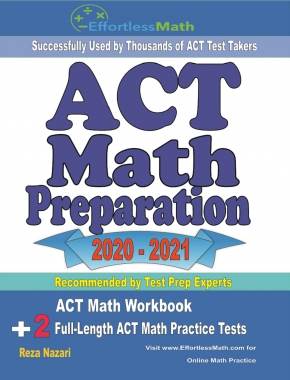
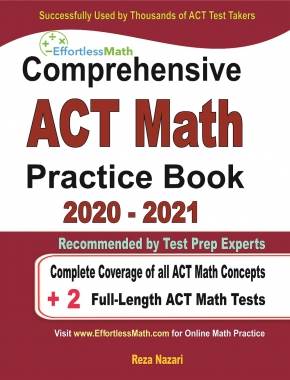
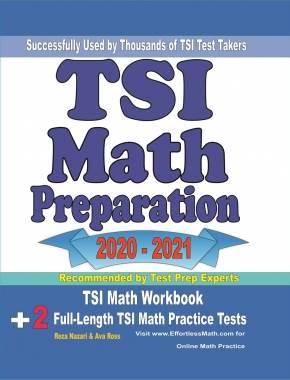
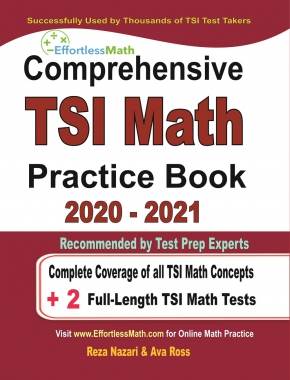
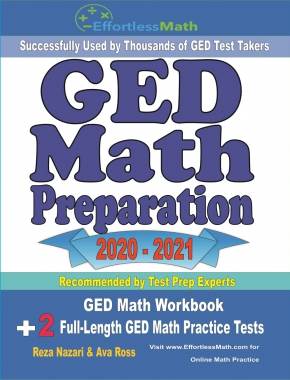



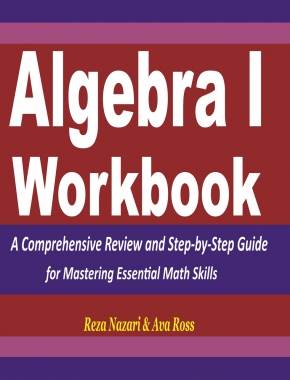
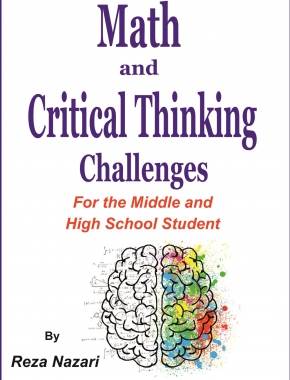
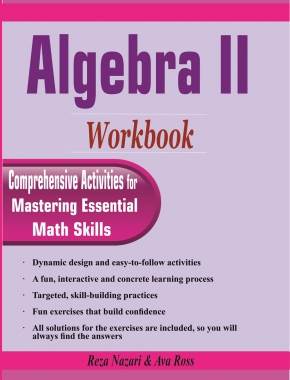
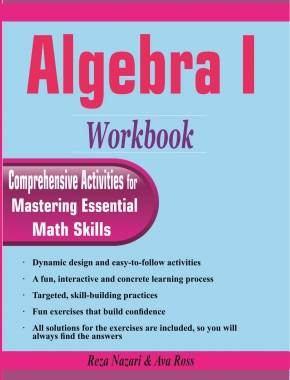
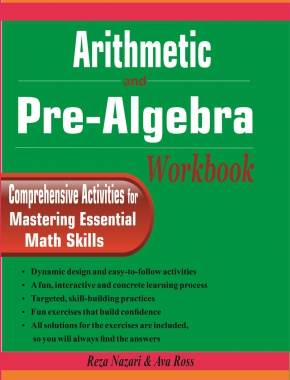
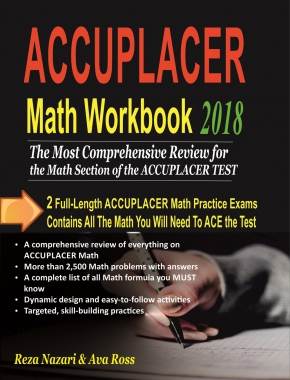
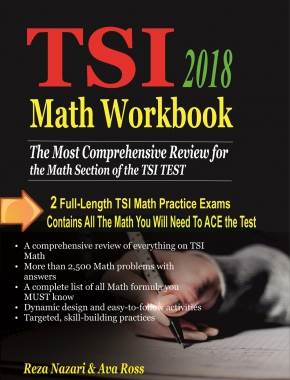







What people say about "Why Interactive Challenges Improve Math Skills More Than Memorization - Effortless Math: We Help Students Learn to LOVE Mathematics"?
No one replied yet.